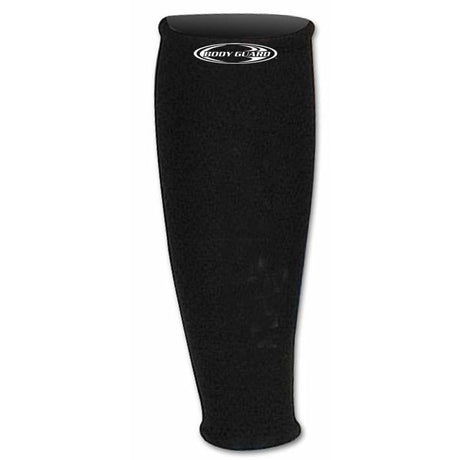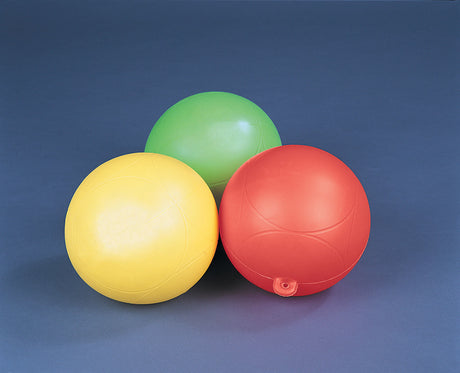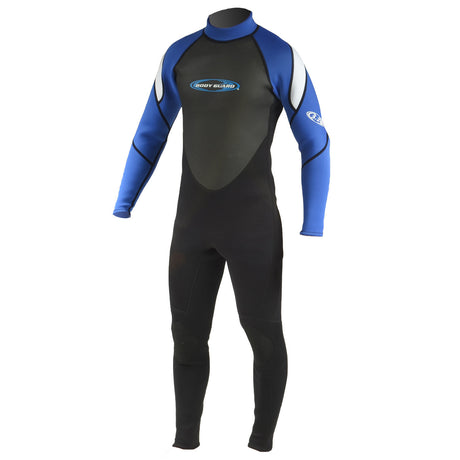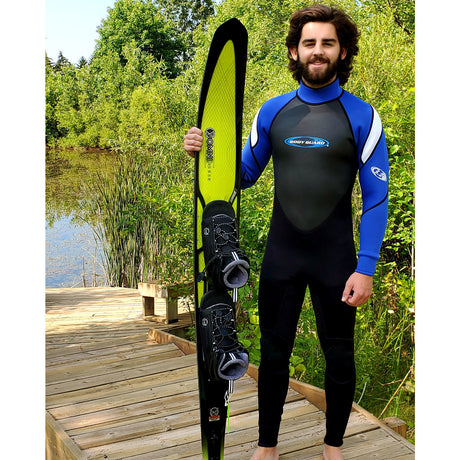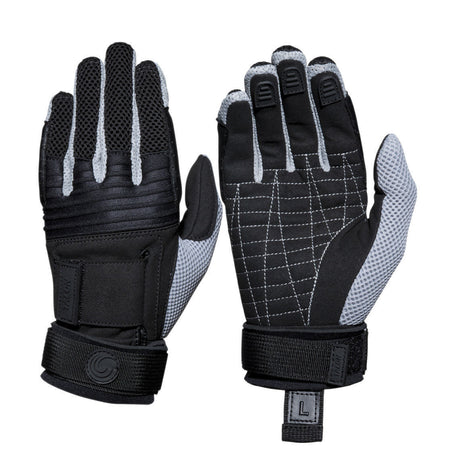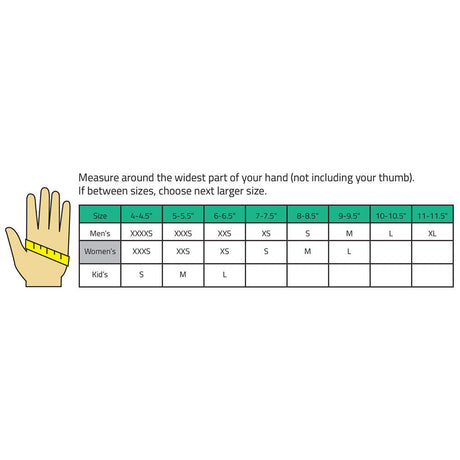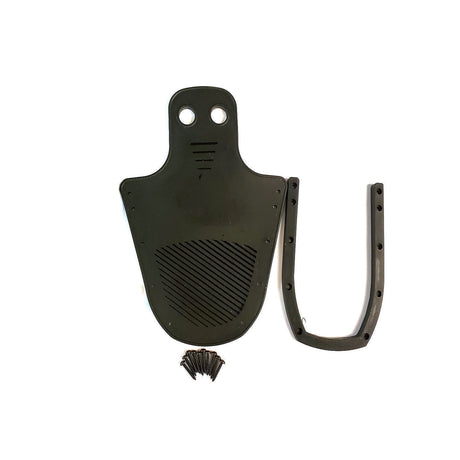Taking the kids out on the lake for a day of tubing or boarding makes for some of the best family fun -- but making sure your little ones stay safe on the water is important. Children should always wear life vests (officially called Personal Flotation Devices, or PFDs) when they're riding any towed watercraft, or riding water skis or wakeboards. Let's cover how to pick the right youth life jackets.
Children Should Wear USCGA Vests
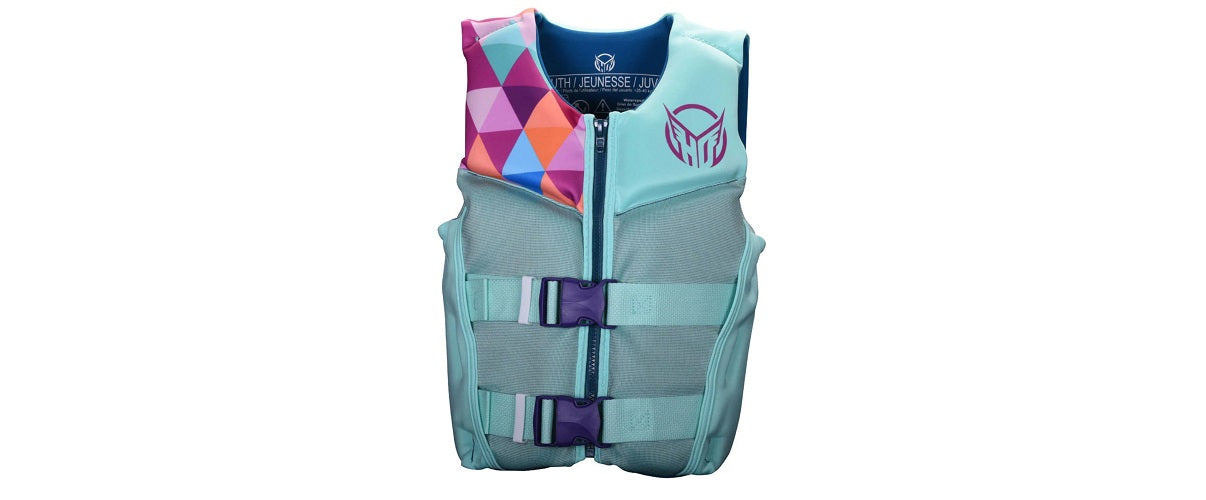
Type I life vests are U.S. Coast Guard-approved (USCGA) vests designed for offshore and deep water activity. Type I vests provide the most buoyancy, and will turn an unconscious wearer face up to prevent drowning.
Type II life vests (like the HO Pursuit Neo Life Youth Jacket) are USCGA near-shore vests. They provide enough buoyancy to keep wearers above water, though they may not turn all wearers face up if they are unconscious. These vests should only be worn by children when a quick rescue is nearby when needed.
Type III life vests, often called comp vests or flotation aids, provide the same buoyancy as Type II vests, but they're thinner and provide greater mobility. However, they will not always turn an unconscious wearer face up in the water. These vests should only be worn by older children when riding water skis, wakeboards, or wakesurf boards.
Life Jacket Sizes for Children
When it comes to life jackets, the wearer's weight matters more than height. Reference the chart below to determine the appropriate life jacket size for your child:
| Infant Life Jacket |
8 to 30 lbs |
| Youth Life Jacket | 30 to 50 lbs |
| Teen Life Jacket |
51 to 120 lbs |
Important Child Life Jacket Features
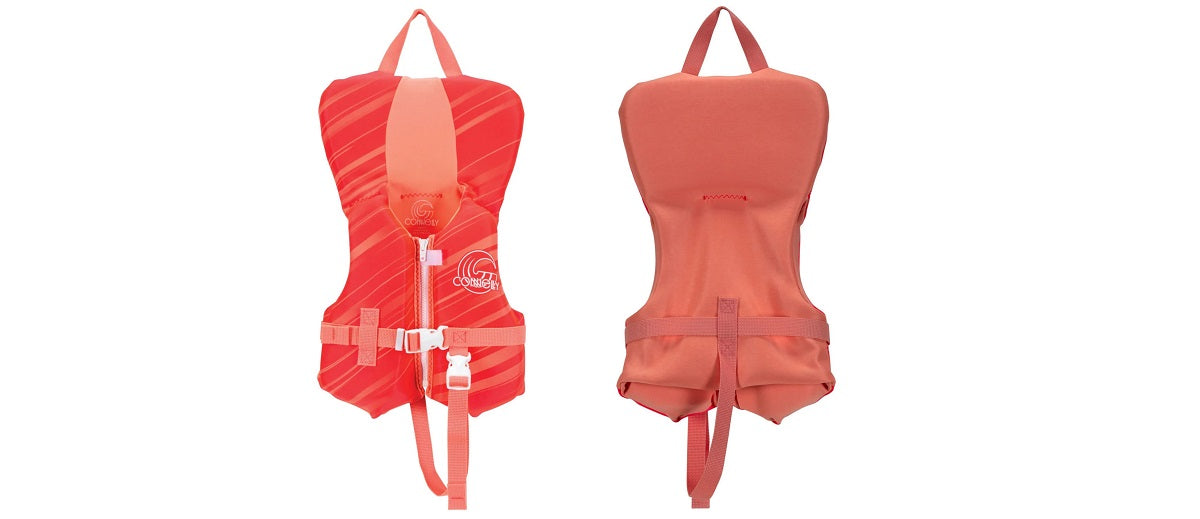
Infants and small children should wear life jackets with extra features that help provide extra safety and stability in the water, like the Connelly Infant Neo Vest:
- Shoulder pads that help keep the child's head above the water.
- Rear grab handle to assist with removing the child from the water.
- Crotch strap that ensures the vest doesn't right up and off the child.
Fitting Your Child's Life Jacket
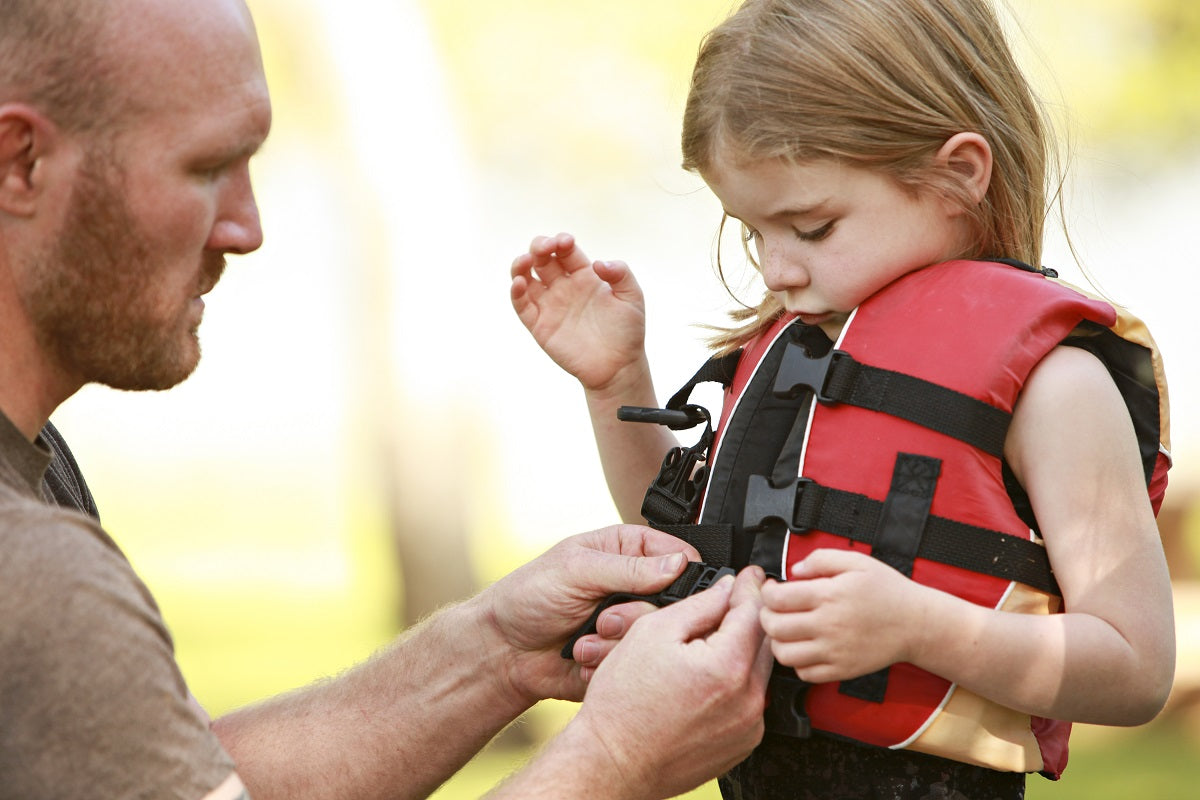
Spoilers: Children don't usually enjoy wearing a life jacket. They're bulky and, when not cinched down and adjusted properly, they're uncomfortable. Your child's life jacket should be snug to resist side-to-side movement.
When worn, the jacket should be tight enough to allow for lifting the child without the jacket sliding up and over their head. Always cinch the crotch strap first, to ensure the jacket doesn't sit high.
Ready to get your kids on the water? Check out our collection of children's life jackets!



